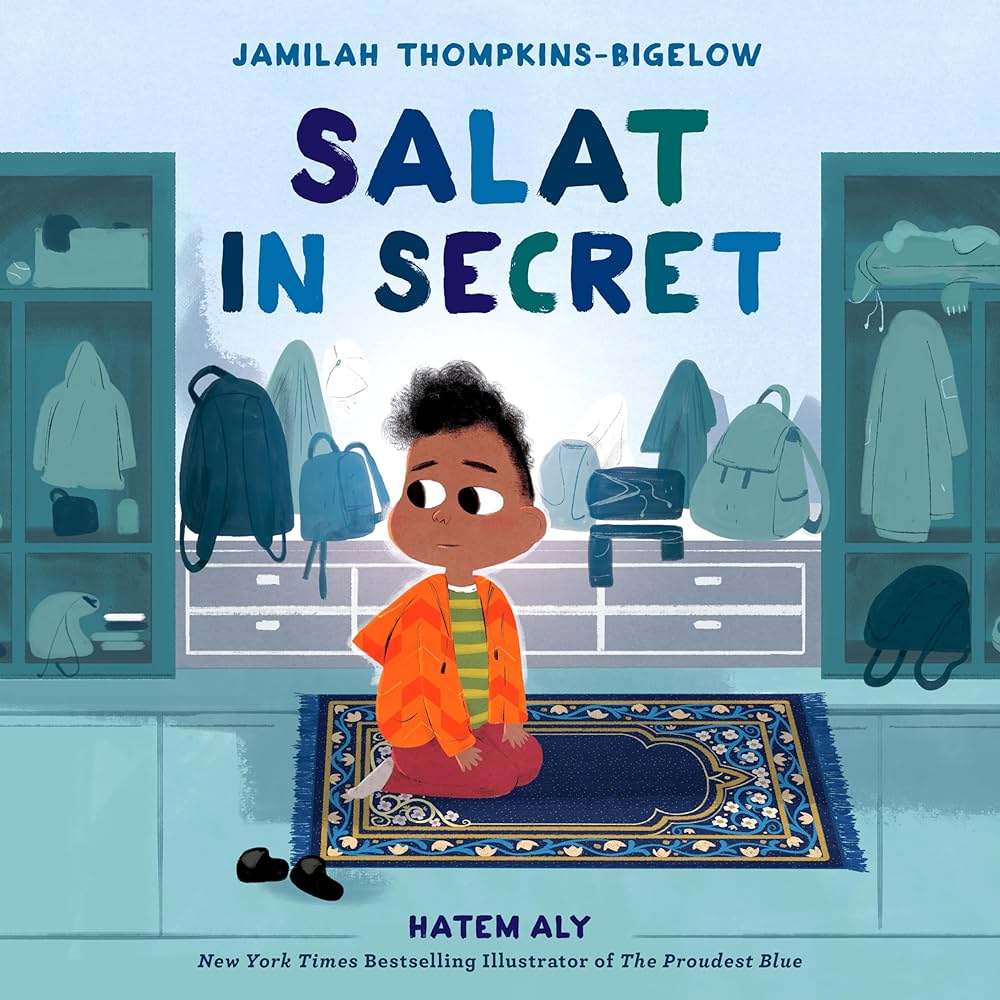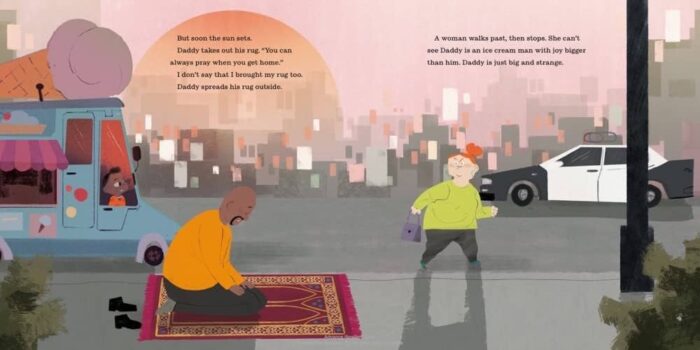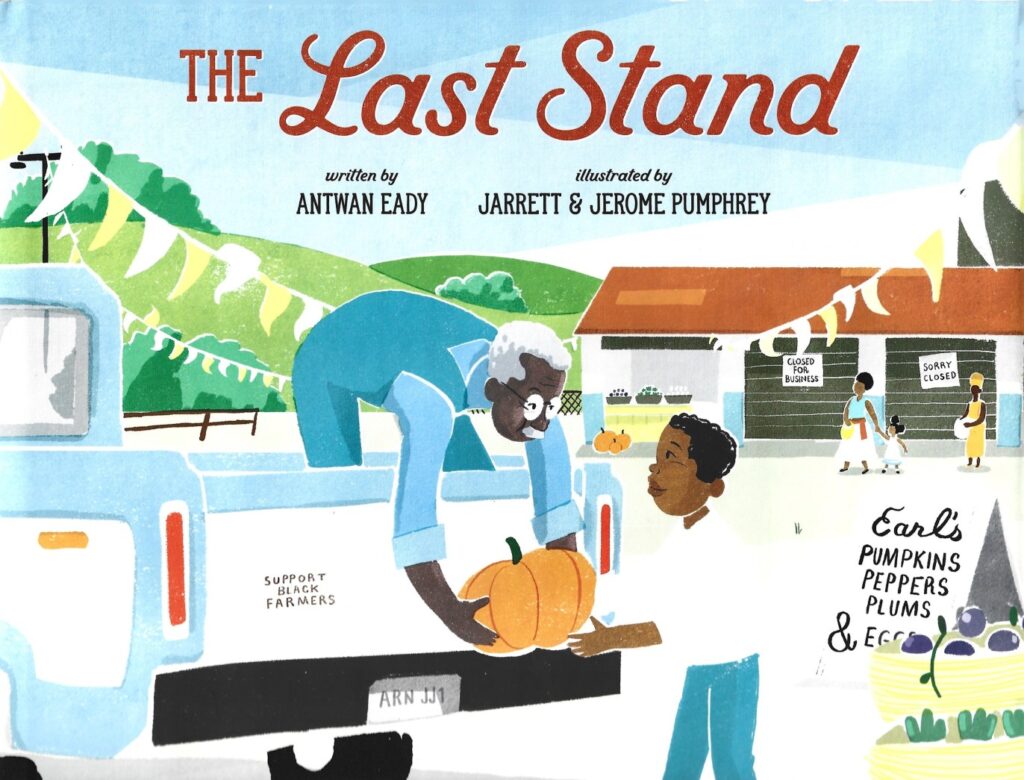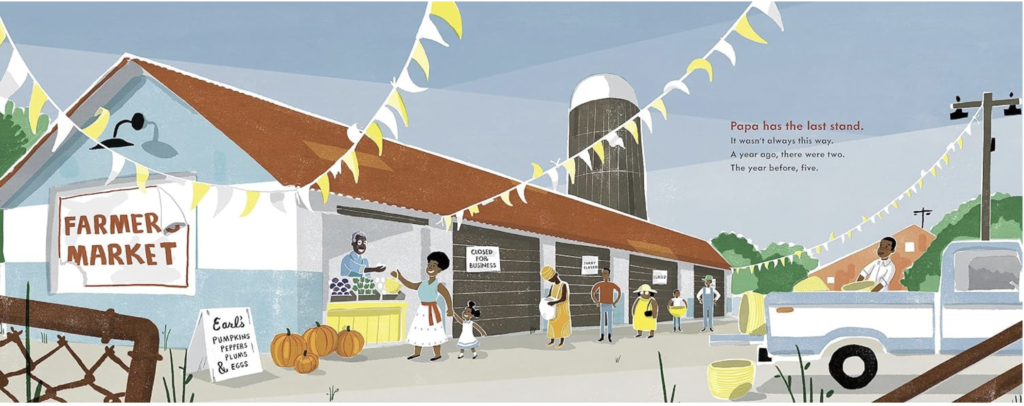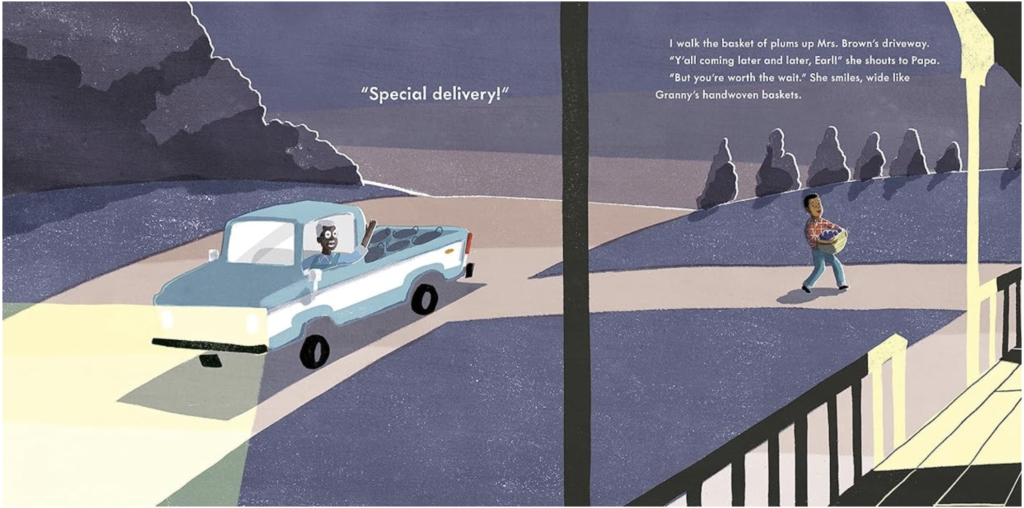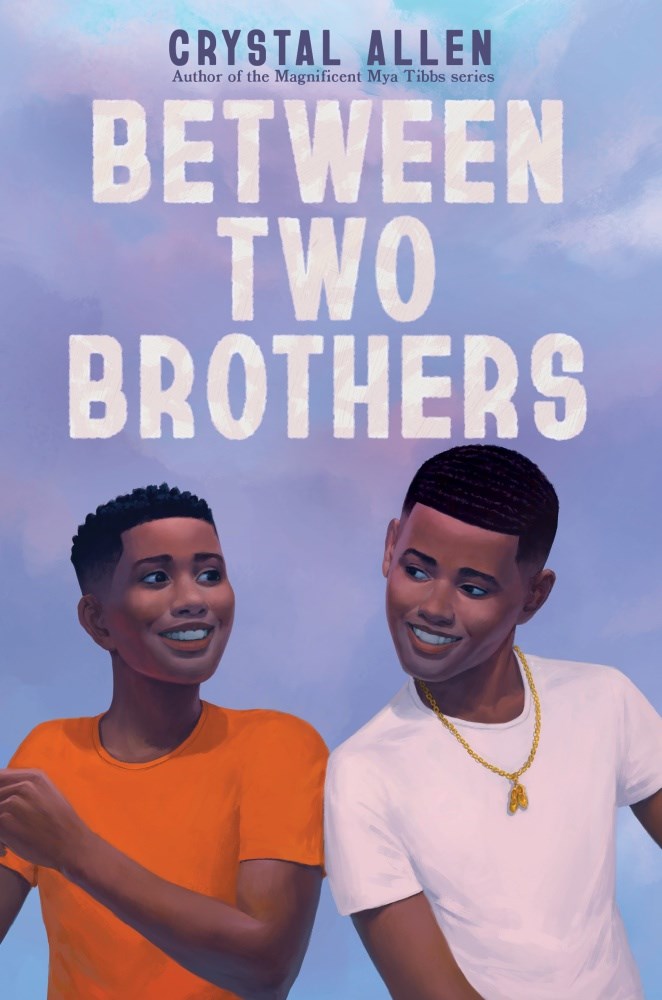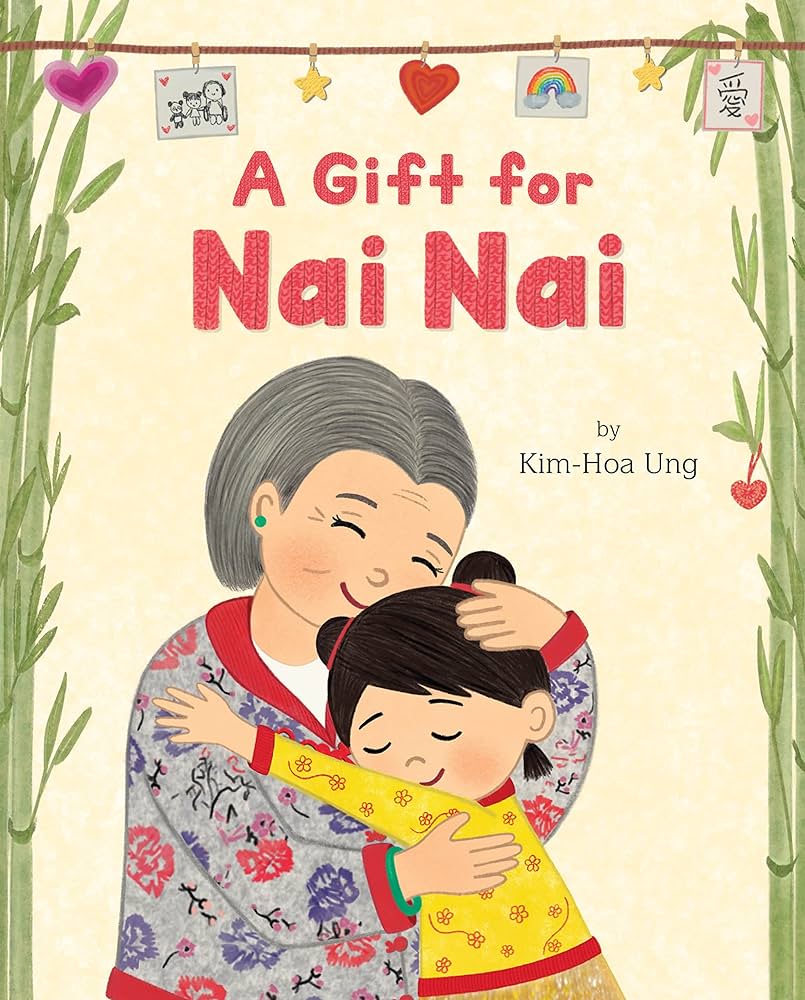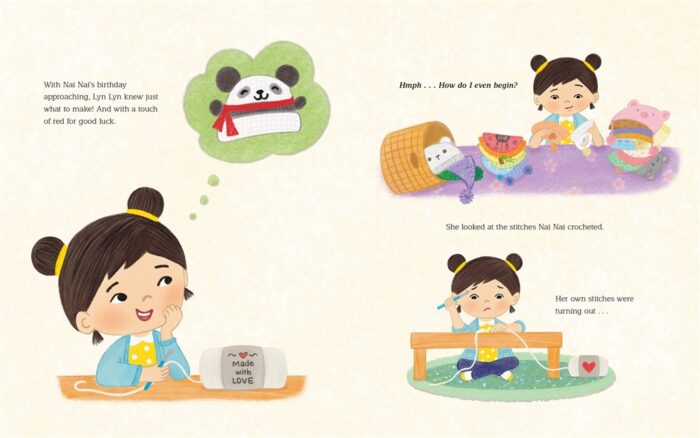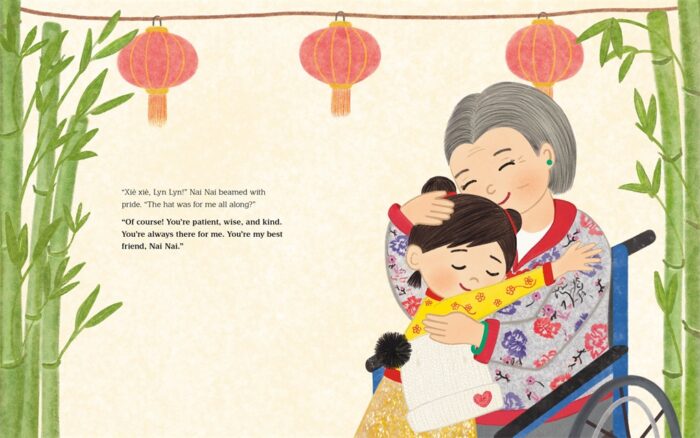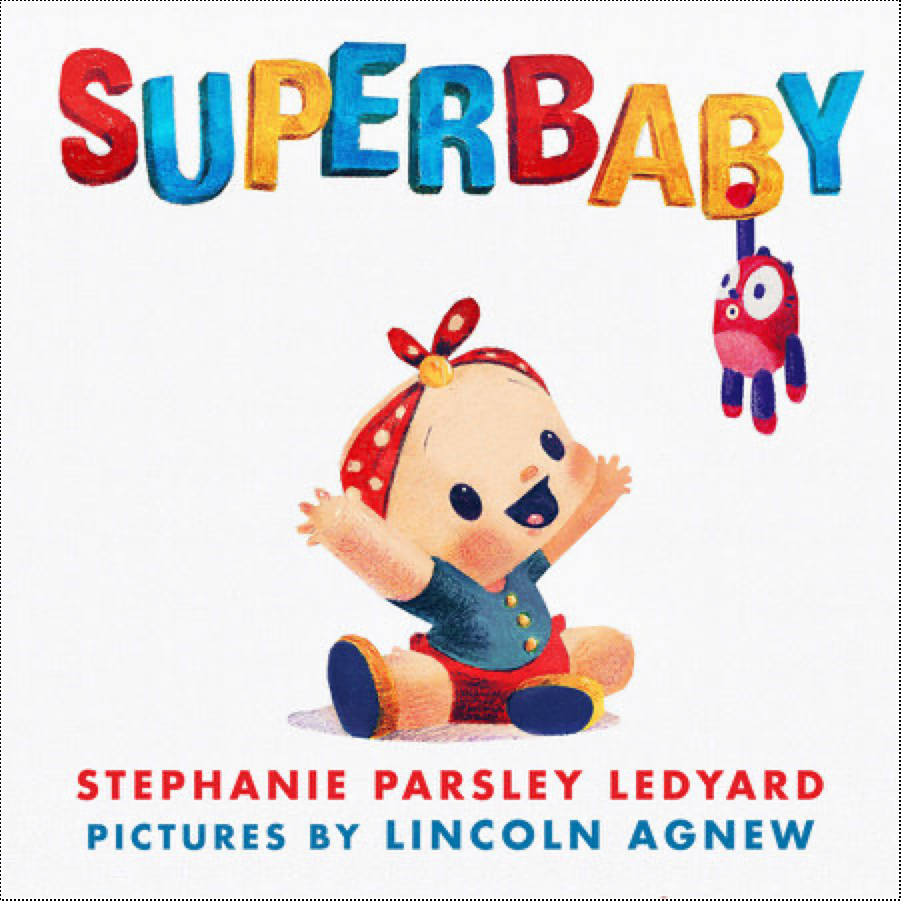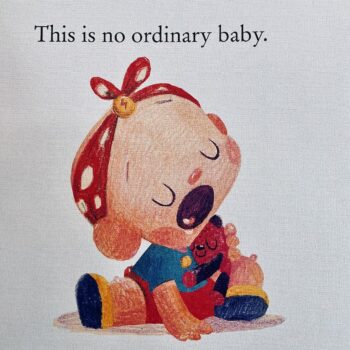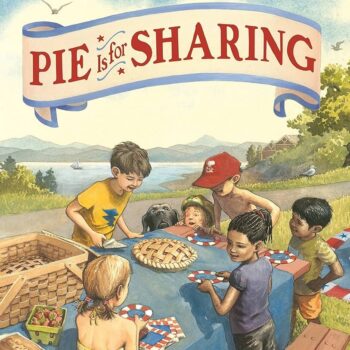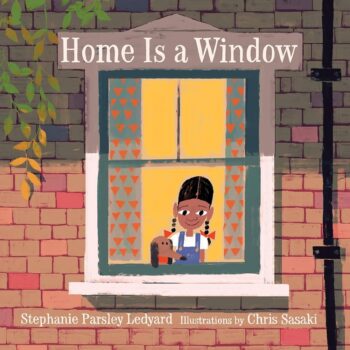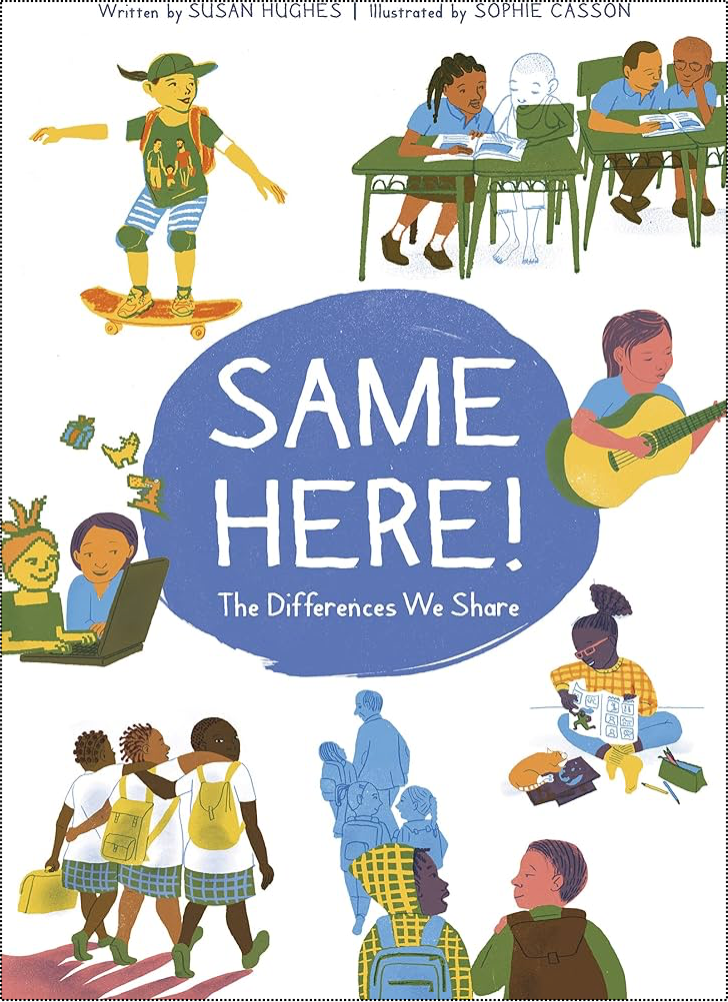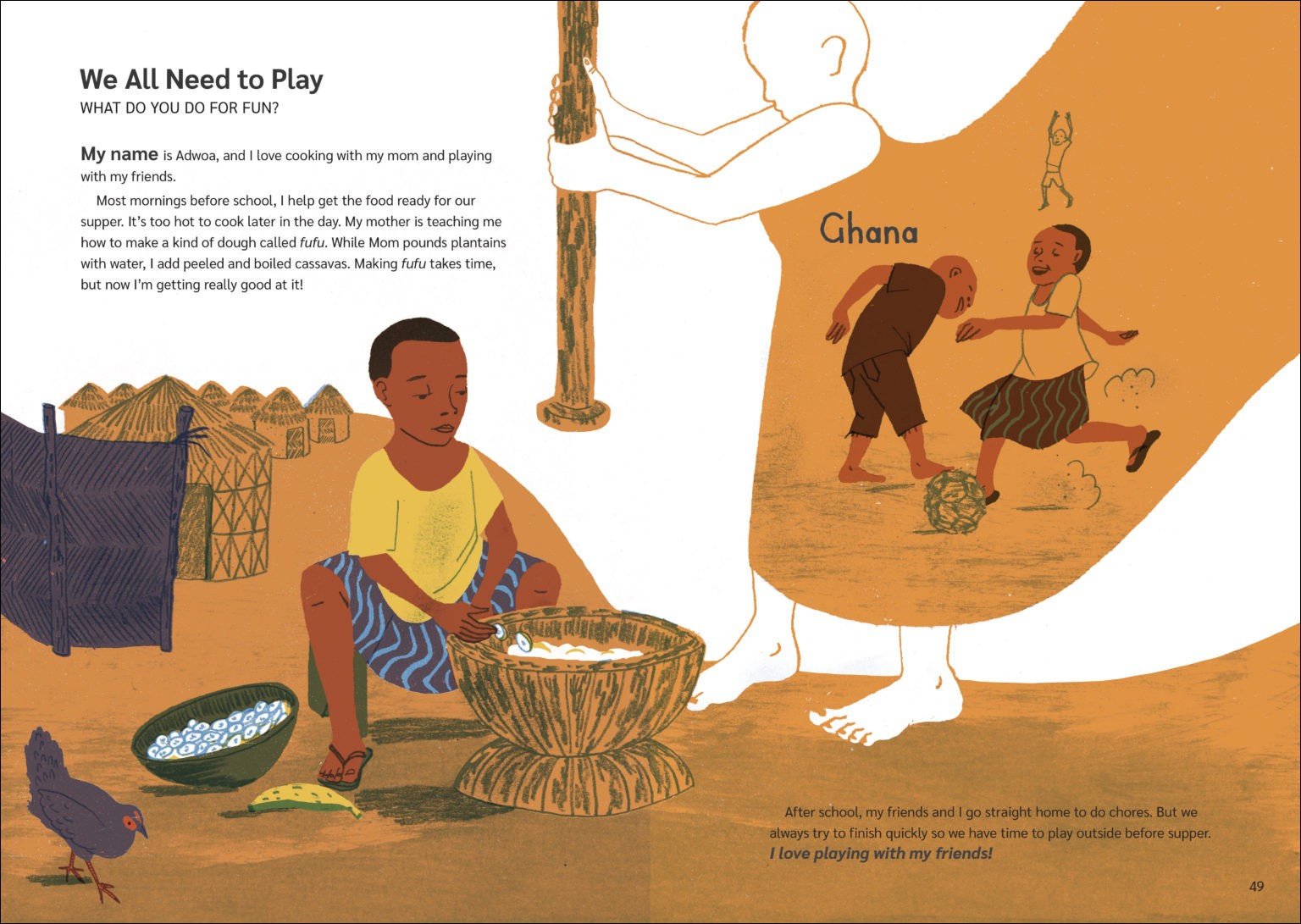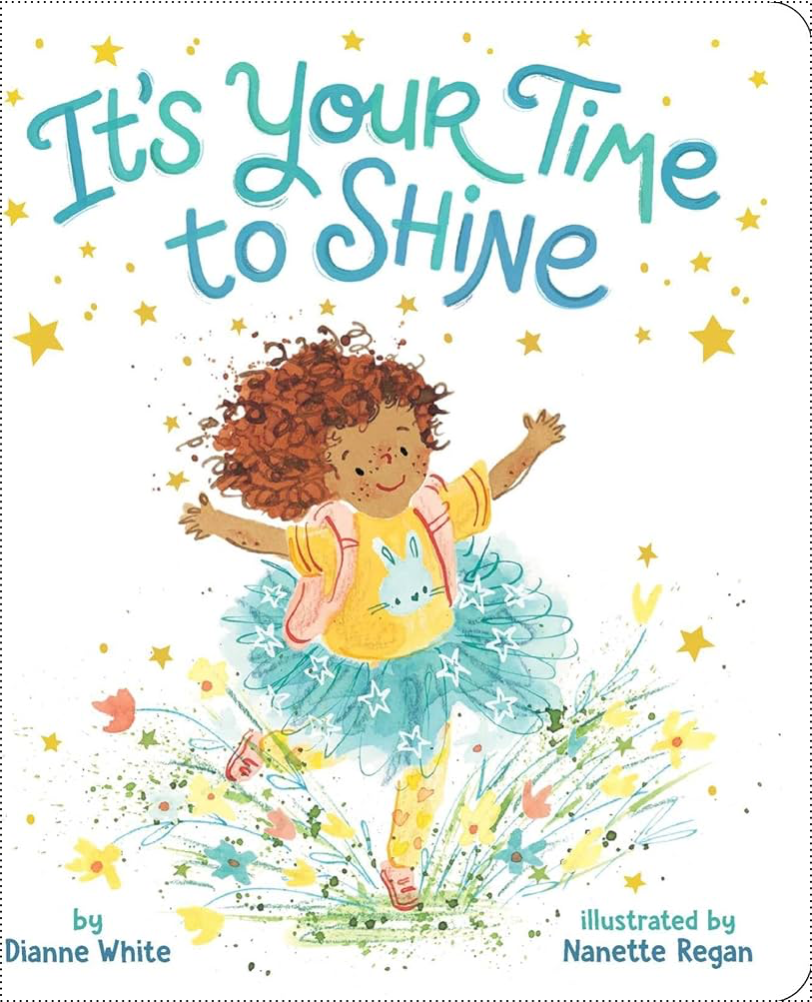
Little Simon (S&S) | ISBN: 978-1665932035
I’m excited to share my first board book, IT’S YOUR TIME TO SHINE, with charming illustrations by Nanette Regan.
This is a book that began as one thing and became something more, thanks to the vision of my brilliant editor. Originally inspired by the opening lines of Ecclesiastes 3 – “For everything there is a season…,” the manuscript started as short rhyming couplets that I recorded into my phone on a long drive after visiting with family. When I got home, I moved the lines to my computer, adding other snippets of inspiration as I brainstormed – the lyrics to the Pete Seeger song, “Turn, Turn, Turn,” and even a screenshot of a NYT (cooking) article by food editor Sam Sifton about how the same ingredients in a recipe sometimes turn out differently from one day to the next. All these seemingly random notes led to more ideas…
When my editor expressed interest and asked if I’d be willing to revise, the original manuscript lost a few stanzas and gained a few new ones to become something more than a day at the beach. Thanks to a revision of the ending it’s now a book that follows a child across years and milestones.
I hope It’s Your Time to Shine will inspire readers of all ages to head out into the world as the bold and brave people they are.
Now is YOUR time!
It’s your time to shine.
Show the world who you are:
confident,
courageous
a bright rising star!
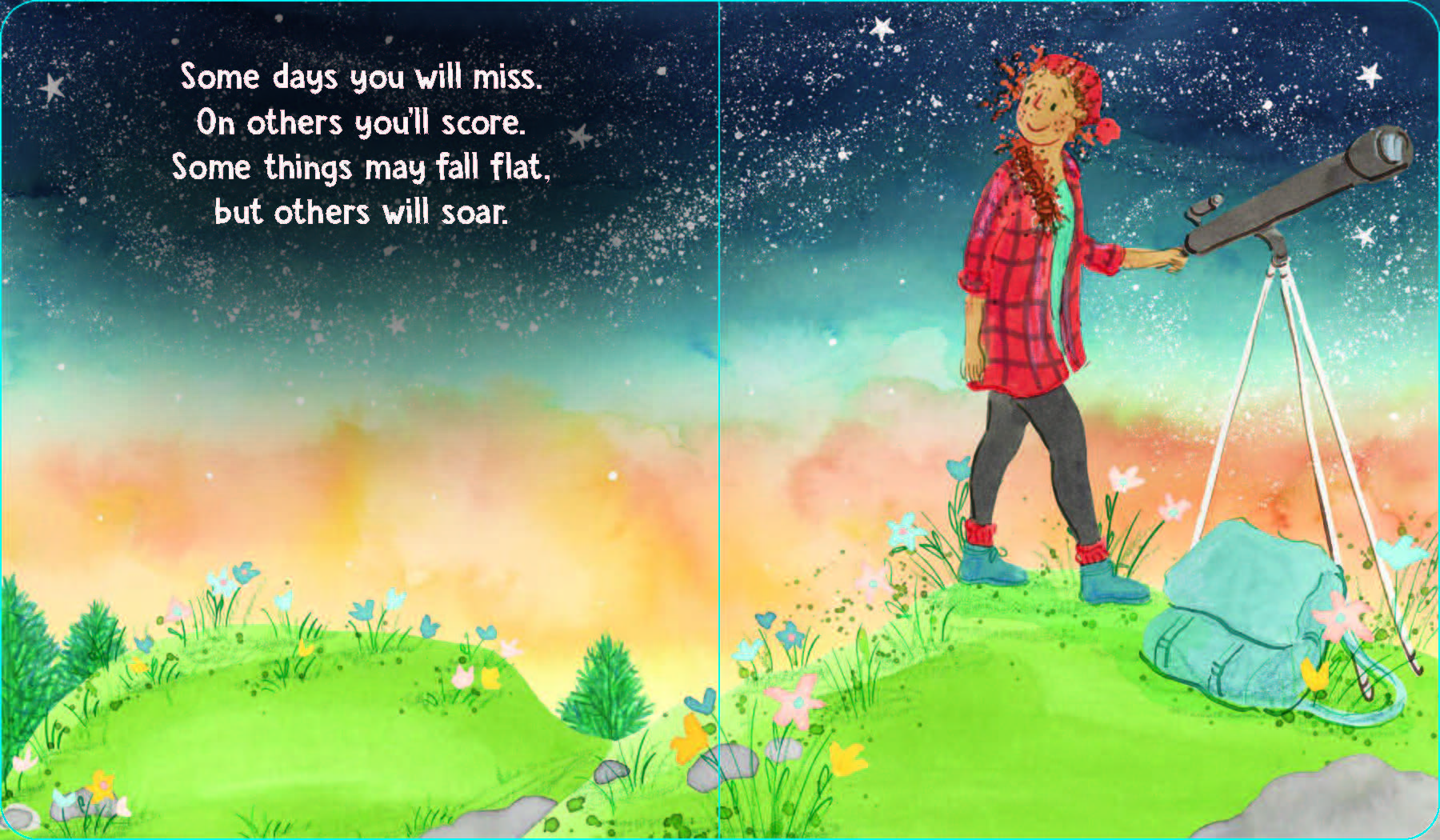
From the publisher:
Growing up means there are times for feeling your best, succeeding, feeling uncertain, and failing—and everything in between. Things may be ever-changing but this moment, right now—whether it’s a regular day or a pivotal occasion like a graduation—is the reader’s time to take charge.
A celebration of life for a baby or a graduate. The phrase, “There’s a time,” opens each page as an infant with freckled brown skin and curly hair faces what’s ahead. The girl grows up having taken on the challenges and joys of being alive.
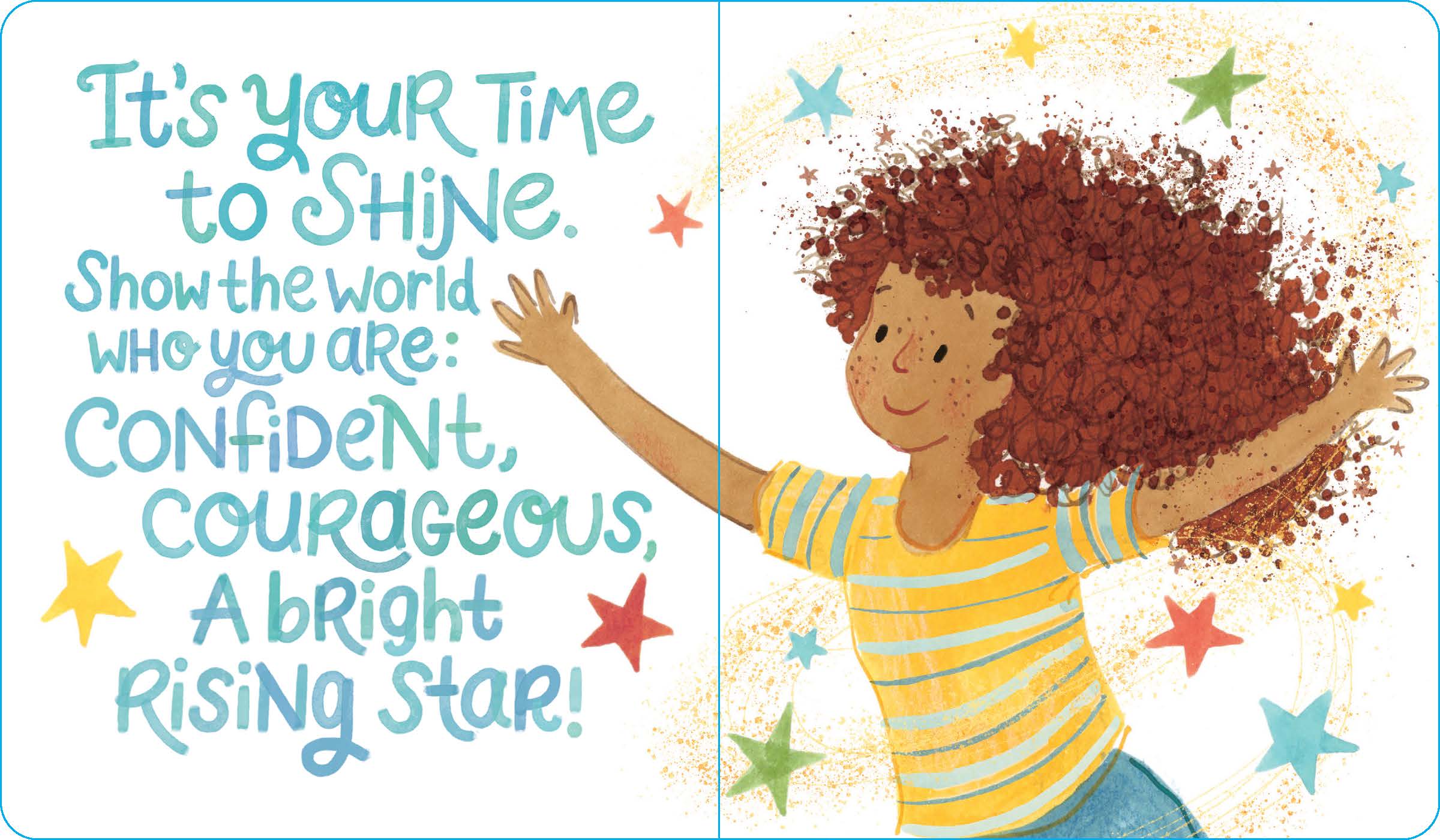
Learn more at: diannewrites.com








